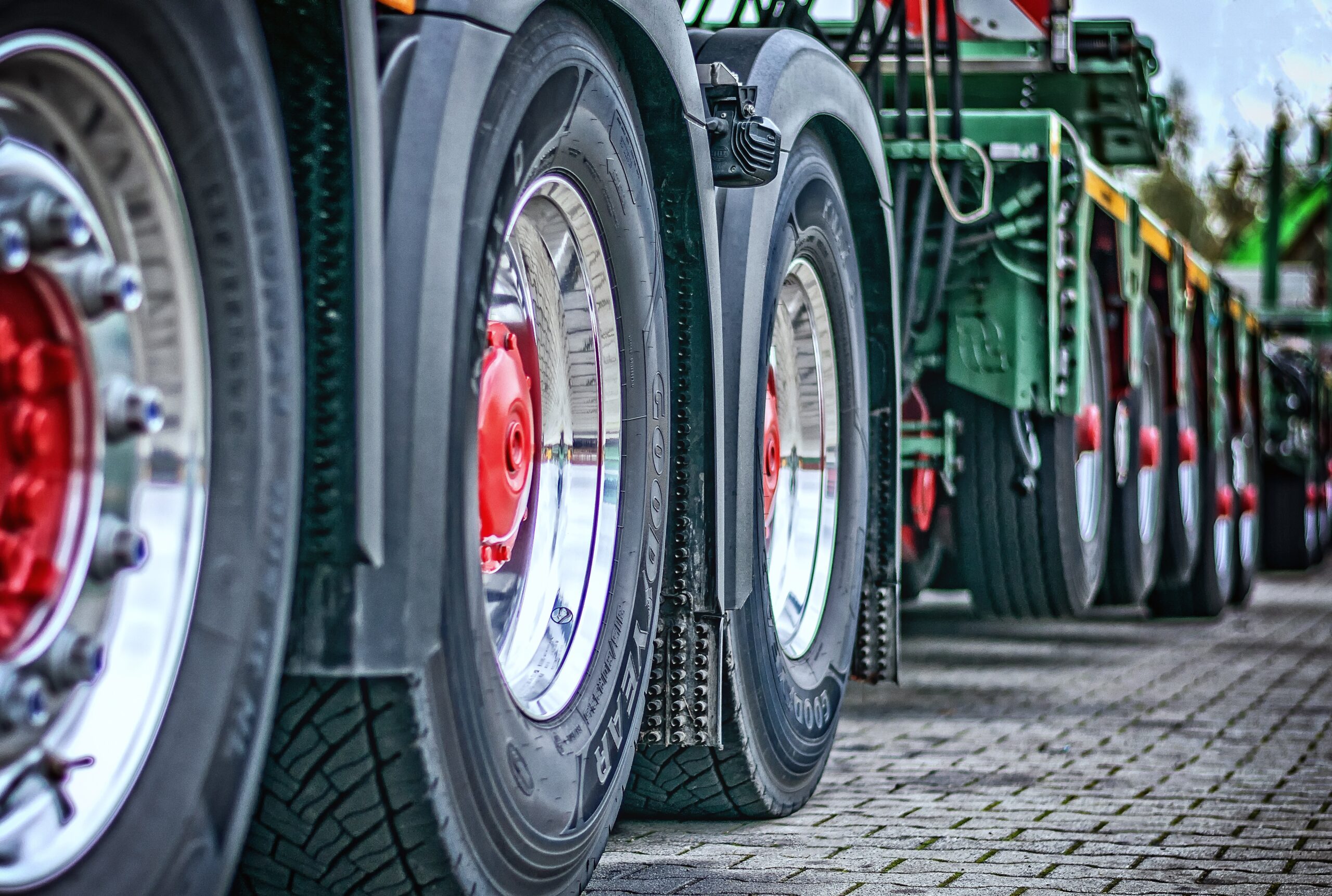
Anyone involved in the movement of household, commercial or industrial waste in the UK will have to check their new reporting requirements when mandatory digital waste tracking (MDWT) comes into force in April 2025.
According to government indications, the new UK-wide digital tracking service will require operators to input more data, more often, compared to hard copy waste transfer notes, which is how most reporting of non-hazardous waste movements work currently. Until the industry completes the process of digitalisation, which could take years, the two systems may end up running in parallel, raising the burden of compliance for businesses in the sector.
Digitalisation is coming, like it or not
While details of MDWT are yet to be made public, and many cast doubt on the 2025 launch date so soon after a general election, the government has been clear that digitalisation is inevitable for the waste sector. In October 2023 the Department for Environment Food and Rural Affairs (Defra) made an official response to a MDWT consultation where it set out a clearer picture of what the new digital service would look like, and how it would compare to the paper-based system that it is meant to replace.
Existing legal requirements will stay
Defra indicated that existing legal requirements for record-keeping of waste movements within the UK will remain. The key information that goes on hard copy waste transfer notes will need to be entered onto the new database. Depending on the type of movement or transfer being undertaken, this information includes the date and time of the movement or transfer; details of the waste producer, consignor, or originator; details of the waste carrier; and details of the waste that include the description, relevant coding, chemical composition, and containment.
Hard copy documents won’t disappear
Much like waste transfer notes, hard copy Annex VII documents will still need to accompany loads of non-hazardous waste that are being exported. The same information will most likely need to be uploaded onto the digital database as well.
More data input will be needed, faster
The new database is certain to have additional data requirements. In its summary introduction to MDWT, the government indicated these would include a unique identifier for all waste movements; details of who classified the waste; waste destination details; Standard Industrial Classification (SIC) Code; details about rejected or quarantined loads; waste treatment details including the end fate of the waste; identification of Persistent Organic Pollutants (POPs) in waste; details of end of waste products or materials produced from waste, and where these go next.
Administrative burden for business
In its response to consultations, the government set out some general rules for the new service, namely that records will need to be kept on the movement of ‘all types of household, commercial and industrial waste whether it is classified as hazardous or non-hazardous waste’. In terms of administrative burden, the industry will be expected to enter data ‘in a much timelier way than it is now and at a more granular level’. Many traders and brokers will therefore face a choice between committing more staff hours to data entry and compliance, or investing in digitalisation and automation.
Household waste exception
A guiding principle of MDWT is that tracking will begin from the place where the waste is produced. One exception regards the movement of household waste when it is collected from domestic premises by third parties. In response to consultations, Defra clarified that digital waste tracking obligations will not apply to local authorities or their contractors. Tracking records for this waste will begin when it is taken into a waste receiving site.
Some old compliance tasks will go
The good news is that some old paper-based compliance processes are likely to be retired. These include quarterly permitted or licensed site returns; hazardous waste returns (England and Wales); waste summary returns (Northern Ireland); complex exemption returns that may be required by SEPA (Scotland); and local authority waste collection and treatment information. Animal by-products are not considered to be within the scope of MDWT as they are not considered ‘controlled waste’.
No more pre-shipment submission of Annex VII in Scotland and NI
In Scotland and Northern Ireland, waste tracking service requirements will probably replace pre-shipment submissions of Annex VII forms to the respective regulators, SEPA and NIEA. Pre-notification of hazardous or special waste consignment notes is also likely to become redundant.
How to enter data into the digital tracking service
Manual data entry will be possible with MDWT, either by means of an app or an online form. Uploading data from spreadsheets should also be enabled for reporting purposes, along with barcodes or QR codes. In time, exchanging live data by means of modern API technology is likely to further improve efficiency and transparency in line with the objectives of MDWT. For many traders of secondary raw materials, this further step towards digitalisation of the waste sector will be the spur to adopting modern commodity trading and risk management software.




